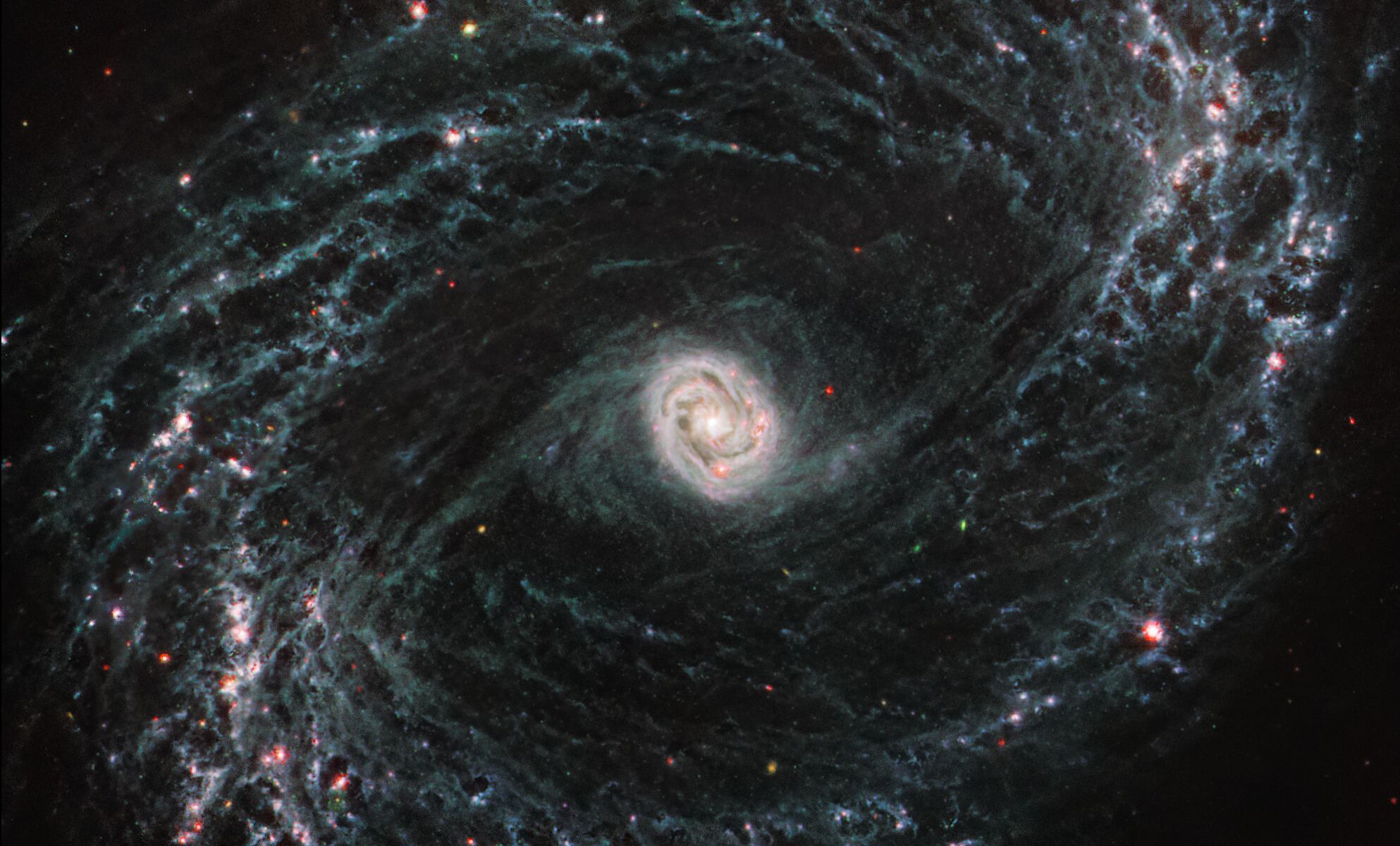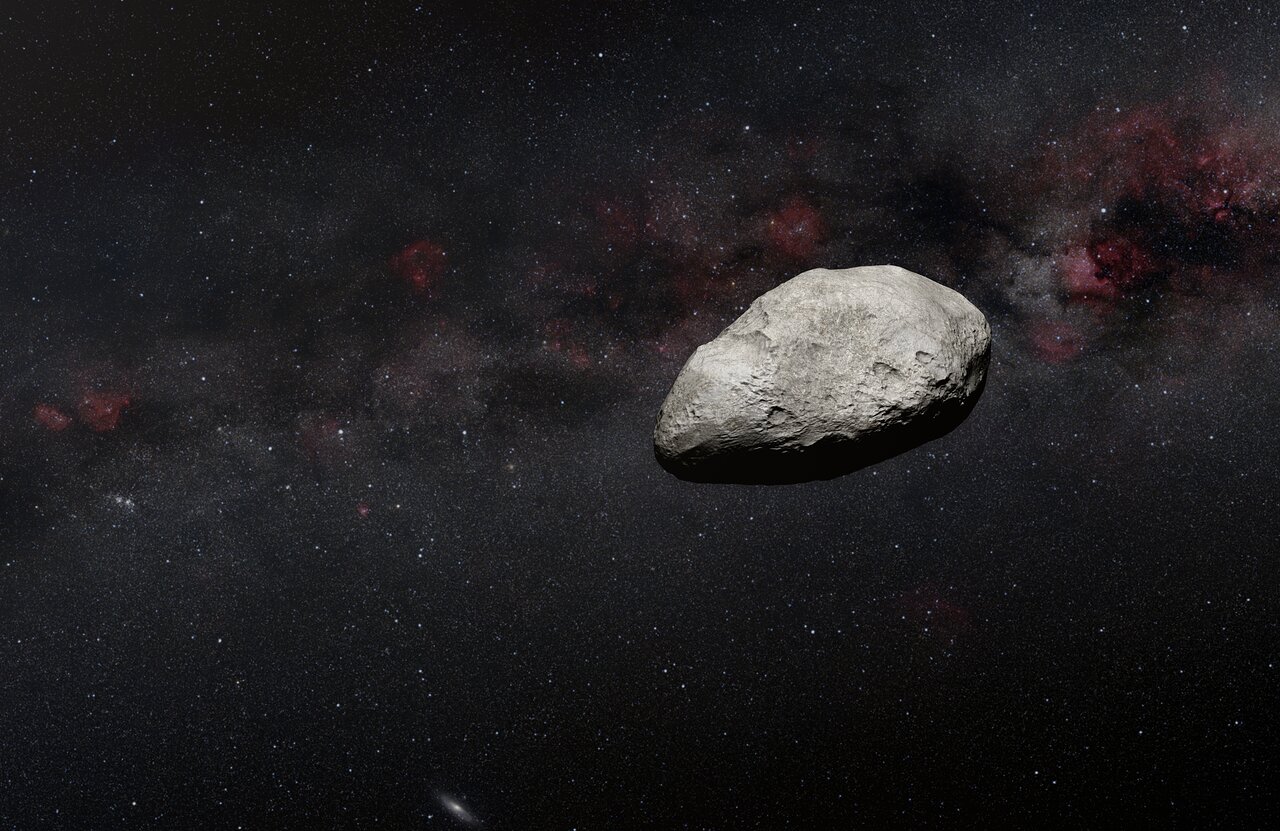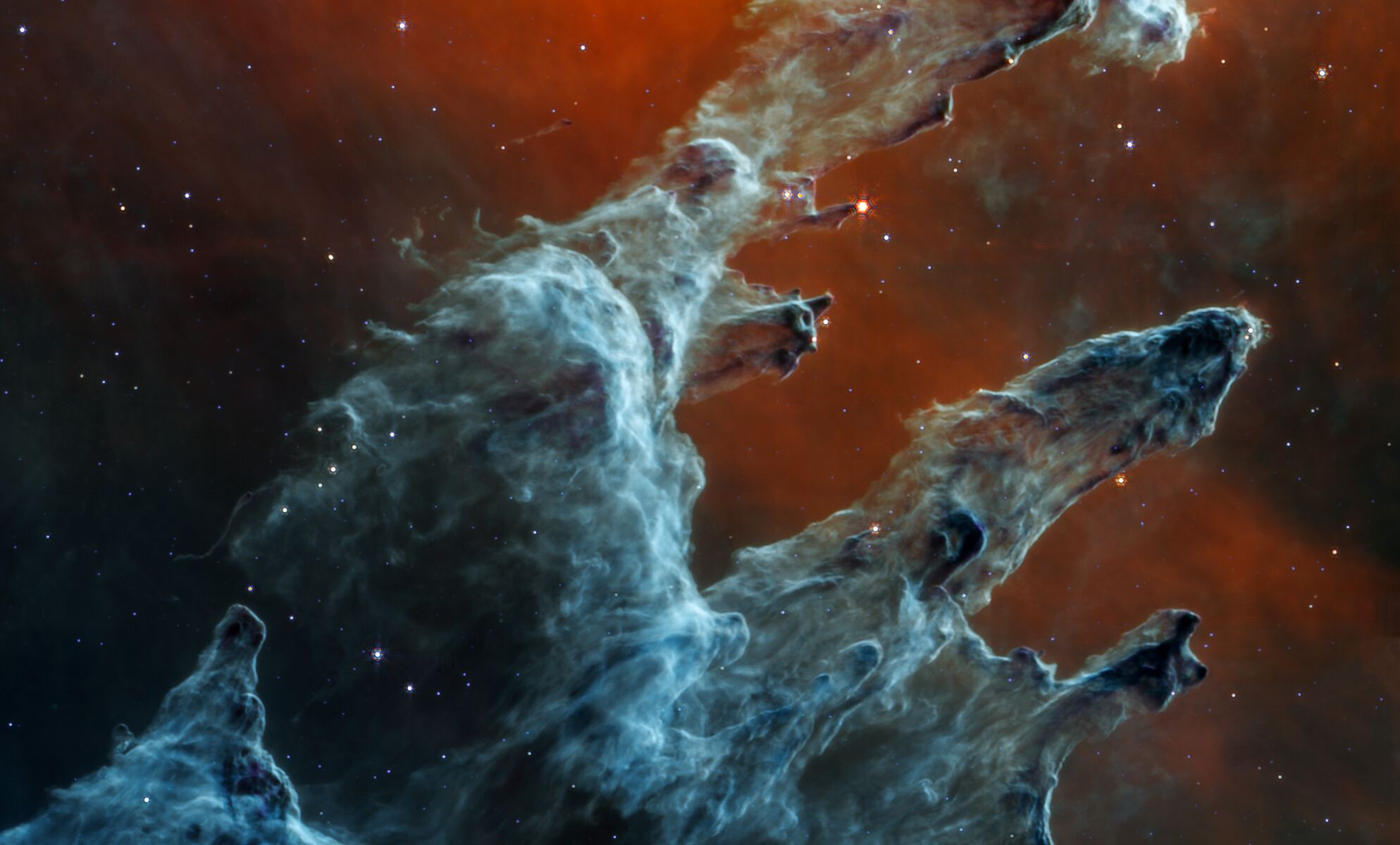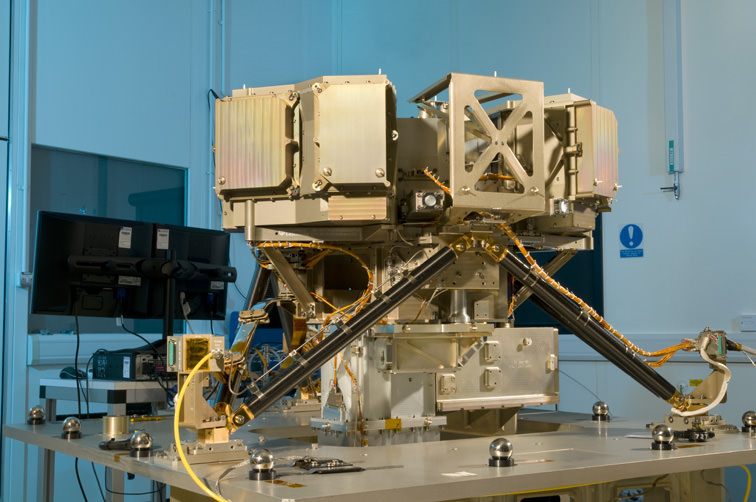Astronomers have studied the star formation process for decades. As we get more and more capable telescopes, the intricate details of one of nature’s most fascinating processes become clearer. The earliest stages of star formation happen inside a dense veil of gas and dust that stymies our observations.
But the James Webb Space Telescope sees right through the veil in its images of nearby galaxies.
Continue reading “Galaxies Aren’t Just Stars. They’re Intricate Networks of Gas and Dust”






